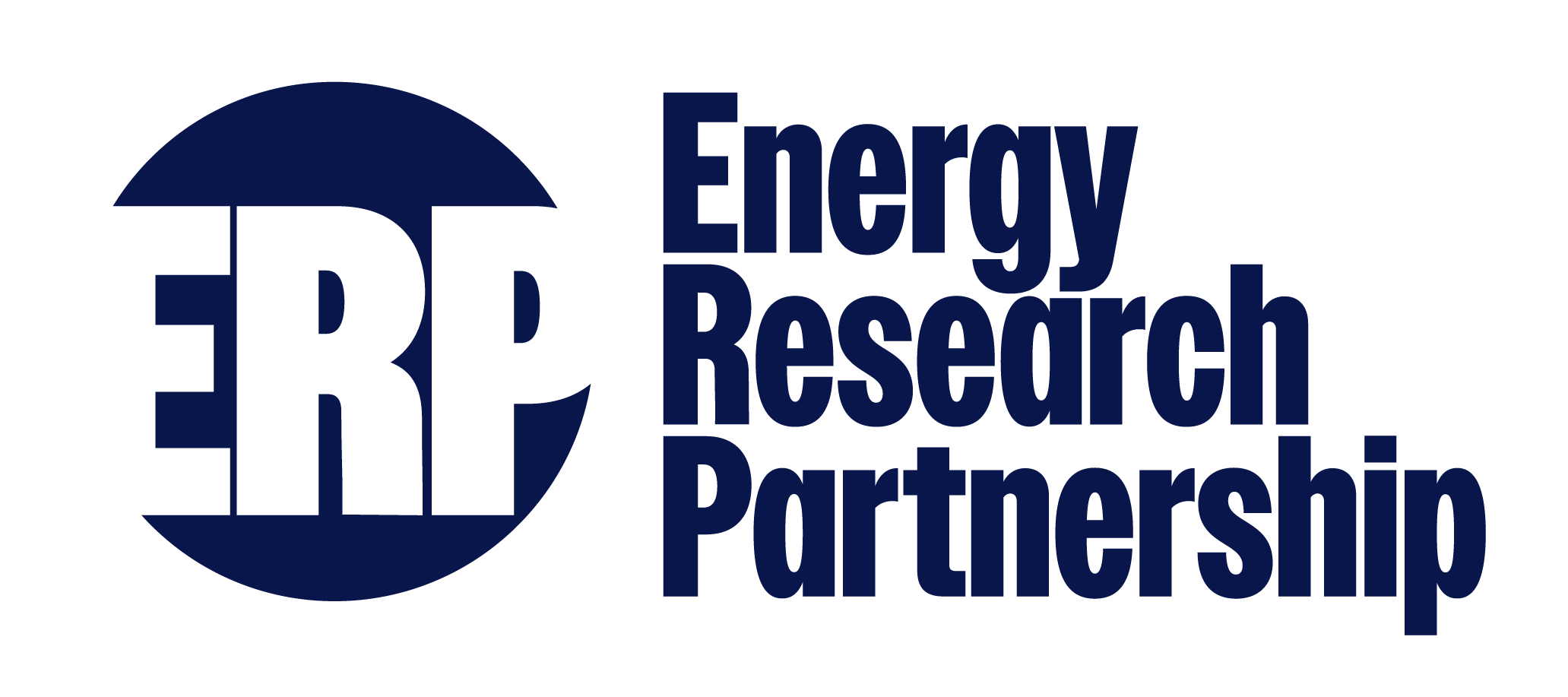How we work
ERP Co-chairs
ERP’s Co-chairs consist of a representative from the public sector and a representative from the private sector. The public-side Co-chair is represented by the Chief Scientific Advisor for the Department of Business, Energy & Industrial Strategy (BEIS). The industry-side Co-chair is appointed by the ERP membership and replaced every 3-4 years.
ERP’s current Co-chairs are:
Public-side Co-chair: Professor Paul Monks BSc, DPhil, FRMetS,FRSC (BEIS)
Industry-side Co-chair: David Wright
ERP’s membership is drawn from public sector bodies, industry (manufacturing, oil & gas, utilities, consultancies and SME organisations), academics, NGOs, regulatory bodies and funders actively committed to, and/or engaged in energy research and innovation.
Full details of our membership, including member biographies can be found on the ERP membership page.
The ERP set its priorities and agrees its activities through consultation among our membership, largely working through the existing roles and activities of members themselves. There is a formal programme of work as well as the capacity to react to new developments in the energy agenda. The work of ERP requires engagement across all of the Government departments that impact on and are impacted by developments in energy.
ERP meets quarterly in plenary, providing the primary forum to discuss critical issues around UK energy RDD&D, and to consider and agree publication of reports or other work.
The Secretariat and ERP Team carries out and coordinates the day-to-day activities including the production and, where appropriate, the commissioning and dissemination of reports.
ERP seeks to influence through its members in their respective individual roles and capacities and by communicating views more widely to other stakeholders and decision makers. By supporting and maintaining dialogue and engagement, at the highest levels, across the public and private sector, ERP has a significant opportunity and ability to address the challenges being faced across the energy research and innovation chain. Its structure and capacity allows expert analysis, external stakeholder engagement and, in following up of key outputs and recommendations, ensures traction.
